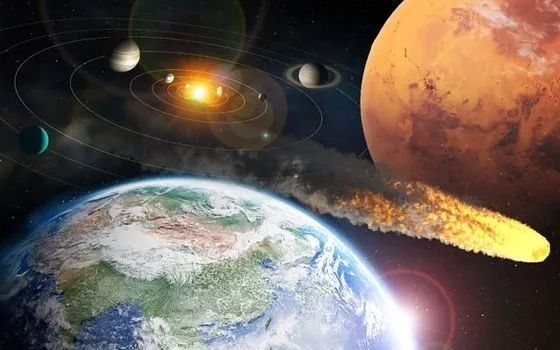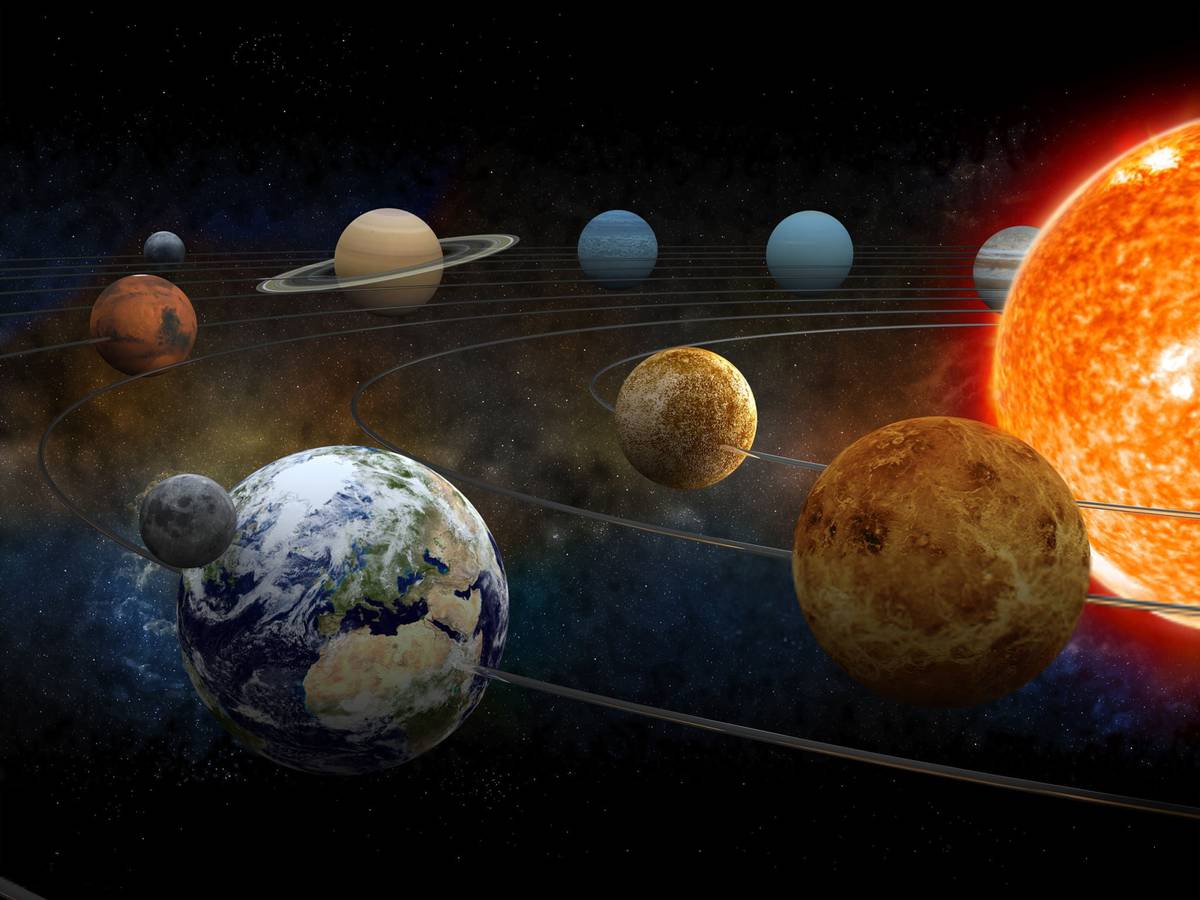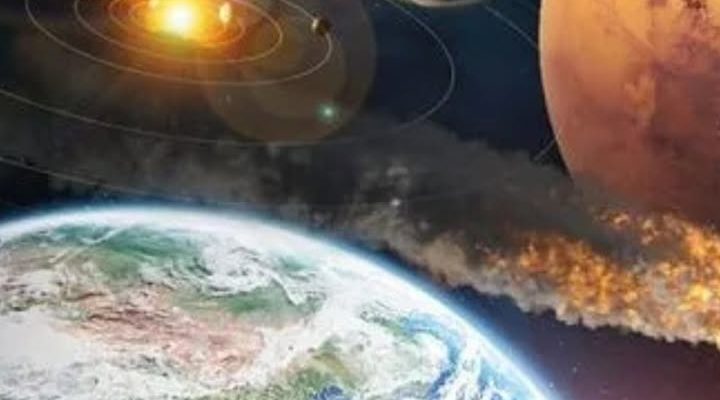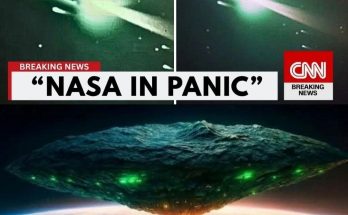A new scientific study has sent shockwaves through the astronomical community, warning that Earth could be knocked out of its orbit and flung out of the Solar System.
The research, published in the journal Icarus, suggests that “field stars”—stars moving near observed areas in the sky—could have a far greater impact on the stability of the Solar System than previously assumed.

Based on thousands of computer simulations, the research team led by astronomers Nathan Kaib and Sean Raymond found that if a star with a mass equivalent to the Sun passes within approximately 10,000 astronomical units (AU) of the Solar System (more than 200 times the Earth-Sun distance), it could cause serious disturbances in the outer reaches of the Solar System, specifically the Oort Cloud.
This is a gigantic spherical shell filled with icy objects, considered the “last barrier” surrounding the Solar System, located even farther than Pluto. Disturbances here could lead to a chain reaction, affecting the orbits of the inner planets, including Earth

“Passing stars are the most likely destabilizing agents within the next 4 billion years,” the study warns. Even more concerning is that the Solar System’s large planets and even Pluto are actually far less stable than humans once thought.
According to the simulations, the gravitational pull from these rogue stars could lead to:
Mercury’s orbital instability risk increasing by 50% – 80%, making it easily pulled off its path around the Sun. Pluto having a 5% chance of falling into gravitational chaos within the next 5 billion years. Mars having about a 0.3% risk of collision or being ejected from the Solar System. Earth, according to the authors, having about a 0.2% chance of colliding with another planet or being flung out of its orbit.
One of the terrifying scenarios presented is: if Mercury’s orbit is affected, it could trigger a domino effect leading to Venus or Mars directly colliding with Earth. Additionally, Earth’s orbit could be perturbed to the point of falling into the Sun, or worse—being pushed by Venus and Mars towards Jupiter. With its immense gravitational force, Jupiter could then eject Earth from the Solar System forever.
Researchers Kaib and Raymond suggest that traditional models of the Solar System significantly underestimate the future orbital changes of the giant planets. “Simulations show that the Solar System is not an absolutely stable structure as long thought. In fact, it is much more fragile when subjected to influences from external elements in deep space,” the research team wrote.

Although the probability of Earth being “kicked out” of the Solar System is only 0.2%, over a timescale of billions of years, it remains a significant risk to consider. In particular, this study opens up a new perspective on the dangers posed by astronomical events at very far distances, which were previously often considered harmless to Earth.
![Sun and planets of the solar system animation.... - Stock Illustration [90164749] - PIXTA](https://en.pimg.jp/090/164/749/1/90164749.jpg)
While the event of Earth being ejected from its orbit is still a hypothetical scenario billions of years in the distant future, it poses a serious question for scientists: Should the stability of humanity’s cosmic home be re-evaluated?
This study also affirms that the real threats to our planet do not only come from climate change or asteroid impacts, but also from distant astronomical factors that humans do not yet fully understand.
A distant, silent star passing by could also be the trigger for a chain reaction that permanently disorients our planet in endless space.



